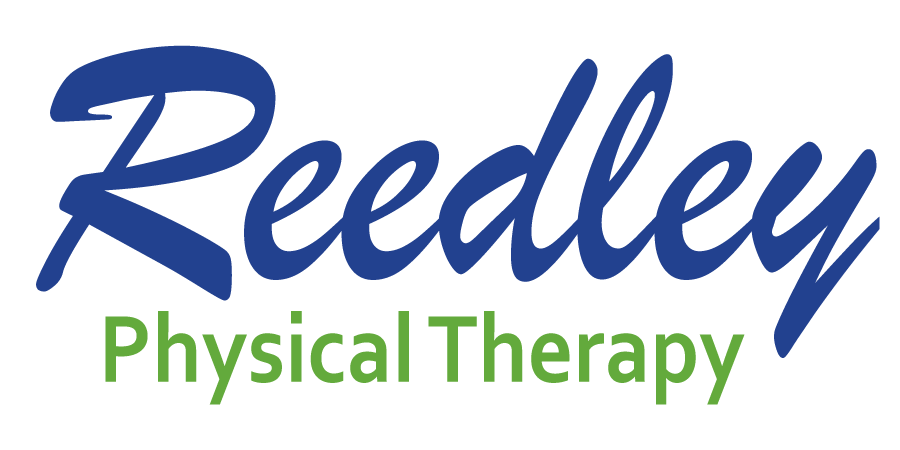Physical Therapy for the Physically Fit?
The title of physical therapist is not an unfamiliar one in our society. In fact, physical therapists play an integral role in all medical systems around the world. But despite this, defining what a physical therapist does is more difficult than it may seem at first glance. Actually looking up a definition doesn’t help much either; results vary from vaguely describing a person who facilitates others capacity to complete daily tasks, to simply helping people move better, to someone who treats “disorders of the human body.” Technically none of the definitions are incorrect, but nor are they very helpful to someone unfamiliar with the profession and what it has to offer.
For people who know they have pain or injuries, it’s less confusing, this part of the population is often simply referred to a physical therapist, and they learn firsthand exactly what it is physical therapists do. But if the only people accessing care from physical therapists are those who are already injured, then a huge disservice is being perpetrated. This is because the biggest impact physical therapists could make on our society would be made by treating the healthy segment of the population. This seems contradictory at first, but in fact, if a physical therapist is anything, they are a preventative health specialist. This is not how most of society perceives this profession, and unfortunately, it’s not even how some physical therapists perceive themselves. But in my opinion, a PT’s capacity to identify a problem before it results in an injury is the most important role we can play.
The vision for physical therapy moving into the 21st century, as stated by the American Physical Therapy Association, is to “transform society by optimizing movement to improve the human experience.” This does not call to mind the conventional definition of a physical therapist, someone you see after you’ve had knee surgery, or heart surgery, or sprained your ankle. Those are definitely all still good times to see a PT, but treating isolated injuries is not transformative.
In order to execute our vision, we are moving beyond a reactive approach to health care, and towards a proactive one. This is a new change, but one that we cannot afford to simply passively adapt to. The first step is to help inform the public that even though they are active, even if they work out regularly, there still may be small deficiencies of movement, or limitations to joint or tissue mobility, which are preventing them from achieving their maximum potential. Worse than that, those small imbalances in their movement patterns which are not causing problems at the moment, could in time lead directly to debilitating injuries that are not so easy to recover from. Just because you don’t have pain now, it doesn’t mean that you are performing every workout or movement in a way that is correct and/or will allow you to achieve your highest potential.
There are a variety of tools used almost exclusively by physical therapists that can target and help identify these small deficiencies, most of which are becoming increasingly validated by the latest research. If we could start applying these tests to the entire spectrum of our society — young to old, inactive to athletic — thereby optimizing movement and minimizing risk of injury, then we will be able to achieve our goal of transforming society.
Alliance Health's Movement is Medicine column is published weekly in the Features section of the Hanford Sentinel.
Chris Telesmanic is a doctor of physical therapy at Alliance Health in Fresno, CA. He alternates writing this column with Dr. Maria Fermoile. Both will be happy to answer questions submitted to chris@reedleyphysicaltherapy.com or maria@reedleyphysicaltherapy.com. Learn more about movement, fitness and health in this space each week, or by going to AllianceHealthFresno.com, or calling 559-478-5833.


